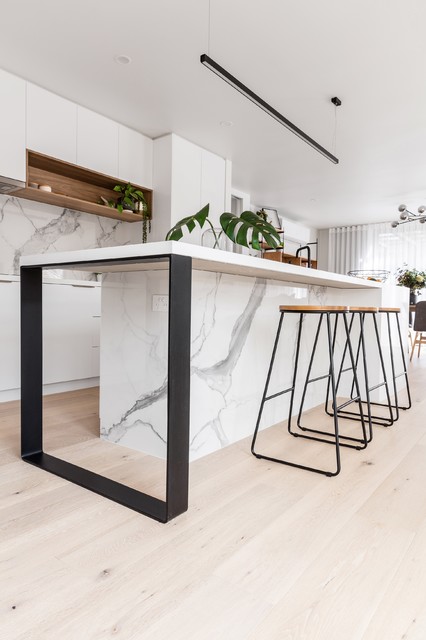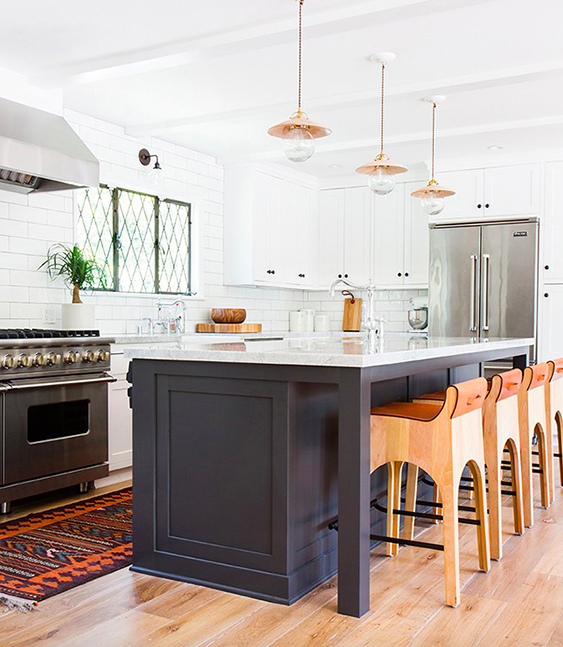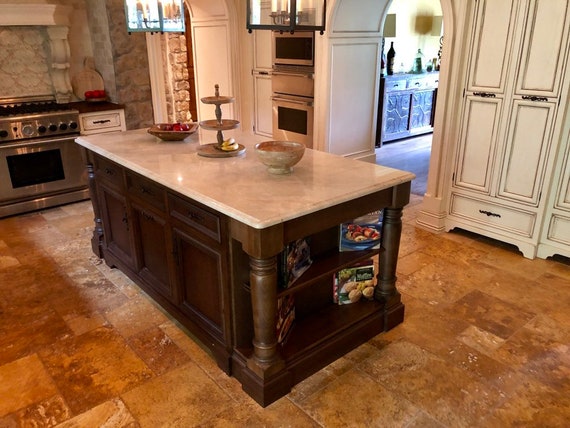The Top Kitchen Island Leg Styles to Complement Any Design Aesthetic
The Top Kitchen Island Leg Styles to Complement Any Design Aesthetic
Blog Article
Top Considerations When Choosing a Kitchen Island Leg for Modern Cooking Area Interiors
In the world of contemporary kitchen area interiors, the option of a kitchen area island leg is crucial, affecting both visual appeals and capability. Trick considerations include the choice of materials that harmonize with contemporary style, in addition to the leg's stability and support to make sure enduring efficiency. In addition, height and proportions must be attentively examined to maintain a natural appearance. As these components link, they increase better inquiries regarding just how to achieve the excellent equilibrium between design and usefulness, leaving one to contemplate the ramifications of each choice on the overall cooking area experience.
Product Options
When it involves choosing a cooking area island leg, material selections play an essential role in both appearances and performance. kitchen island leg. The most usual materials consist of wood, steel, and composite choices, each offering unique benefits and prospective drawbacks
Wood is preferred for its warmth and timeless appeal, offering a timeless appearance that complements various kitchen styles. It is highly versatile, enabling for customization in terms of surfaces and shades. Nevertheless, timber may need more maintenance to stop bending or damages from moisture.
Steel, on the other hand, brings a commercial and modern-day panache to kitchen area islands. Stainless-steel and wrought iron are preferred options, understood for their toughness and resistance to wear. They can withstand the rigors of day-to-day usage yet might do not have the warmth associated with timber.
Composite materials, such as engineered wood or synthetic blends, offer an equilibrium in between price, longevity, and aesthetic appeals. These choices are commonly developed to simulate the look of all-natural materials while offering resistance to scratches and spills.
Eventually, the choice of product need to align with the overall cooking area design and planned usage, making sure that the cooking area island leg is both functional and aesthetically appealing.
Style and Layout
The design and style of a cooking area island leg considerably add to the total visual of the space, enhancing the picked material. When picking the leg style, consider the architectural design of the kitchen. As an example, smooth, minimal legs made of stainless-steel or acrylic harmonize with contemporary styles, while ornate, turned timber legs boost traditional or farmhouse looks.
Additionally, the coating of the leg can affect the aesthetic impact; a refined chrome or matte black coating might evoke modern beauty, while distressed wood talks with rustic charm. The leg's form also plays an important role-- directly, angular types share an even more industrial feel, whereas tapered or rounded legs present a softer, much more welcoming look.
Integrating decorative components, such as decorations or makings, can add character and character to the kitchen island, further enhancing its function as a prime focus. Ultimately, the chosen leg design ought to not just line up with the general cooking area layout however likewise reflect the home owner's individual preference, making sure that the kitchen island becomes a practical and unified focal point within the modern cooking area interior.
Elevation and Proportions
Accomplishing the appropriate elevation and percentages for a kitchen area island leg is crucial for both capability and looks. Kitchen islands commonly range in height from 28 to 36 inches, depending upon their intended usage-- whether as a cooking surface area, eating area, or office. Standard counter top elevation is about 36 inches, making it important that the legs you pick enhance this elevation to give a you can try this out smooth, integrated appearance.
Percentages also play a crucial role in the visual balance of the kitchen area. The size and weight of the leg need to be in consistency with the general style of the island - kitchen island leg. A slender leg might be ideal for a modern or minimalistic island, while an extra considerable leg might be needed for rustic or typical layouts. Furthermore, consider the spacing in between the legs; appropriate distance makes certain comfort and convenience of motion around the island.
When choosing the elevation and percentages of the kitchen area island leg, remember the general find out here style style of your kitchen. This interest to detail not only boosts the functionality of the space however likewise adds to a cohesive and visually appealing interior decoration.
Security and Assistance
Constantly making certain stability and support in kitchen area island legs is crucial for both safety and performance. A well-constructed kitchen area island have to withstand day-to-day usage, consisting of weight from appliances, cooking, and social celebrations. The selection of legs need to focus on robust products and styles that can give ample assistance.
When examining stability, think about the leg's material-- light weight aluminum, steel, or hardwood commonly provide superior strength compared to lighter alternatives. Furthermore, the layout must feature a broad base to disperse weight equally and decrease the danger of wobbling or tipping. Legs made with an A-frame or cross-bracing can substantially improve security.

Including these considerations will not just boost the overall security of the kitchen space but also boost the long life and performance of the kitchen island, making it a useful centerpiece in contemporary kitchen insides.
Completing Touches
When it pertains to completing a kitchen area island, thoughtful finishing touches can dramatically boost both its visual charm and capability. Picking the ideal leg design is vital, yet enhancing it with appropriate information can transform the whole area. Take into consideration including decorative aspects such as toe kicks or walls that match the cabinets or floor covering to produce a smooth appearance.

A natural shade palette and product choice will raise the cooking area island, making it an exciting focal factor. By paying focus to these ending up touches, home owners can create a cooking area island that is both functional and lovely, providing to their lifestyle and layout choices.
Conclusion

In the world of modern-day kitchen area insides, the option of a kitchen area island leg is pivotal, influencing both looks and capability.The design and design of a kitchen island leg dramatically contribute to the total visual of the room, complementing the chosen material.Attaining the right elevation and percentages for a cooking area island leg is essential for both capability and appearances.Regularly ensuring stability and assistance in kitchen island legs is necessary for both safety and security and performance.In summary, selecting a cooking area island leg for contemporary insides calls for cautious consideration of product choices, layout style, elevation, proportions, and stability.
Report this page